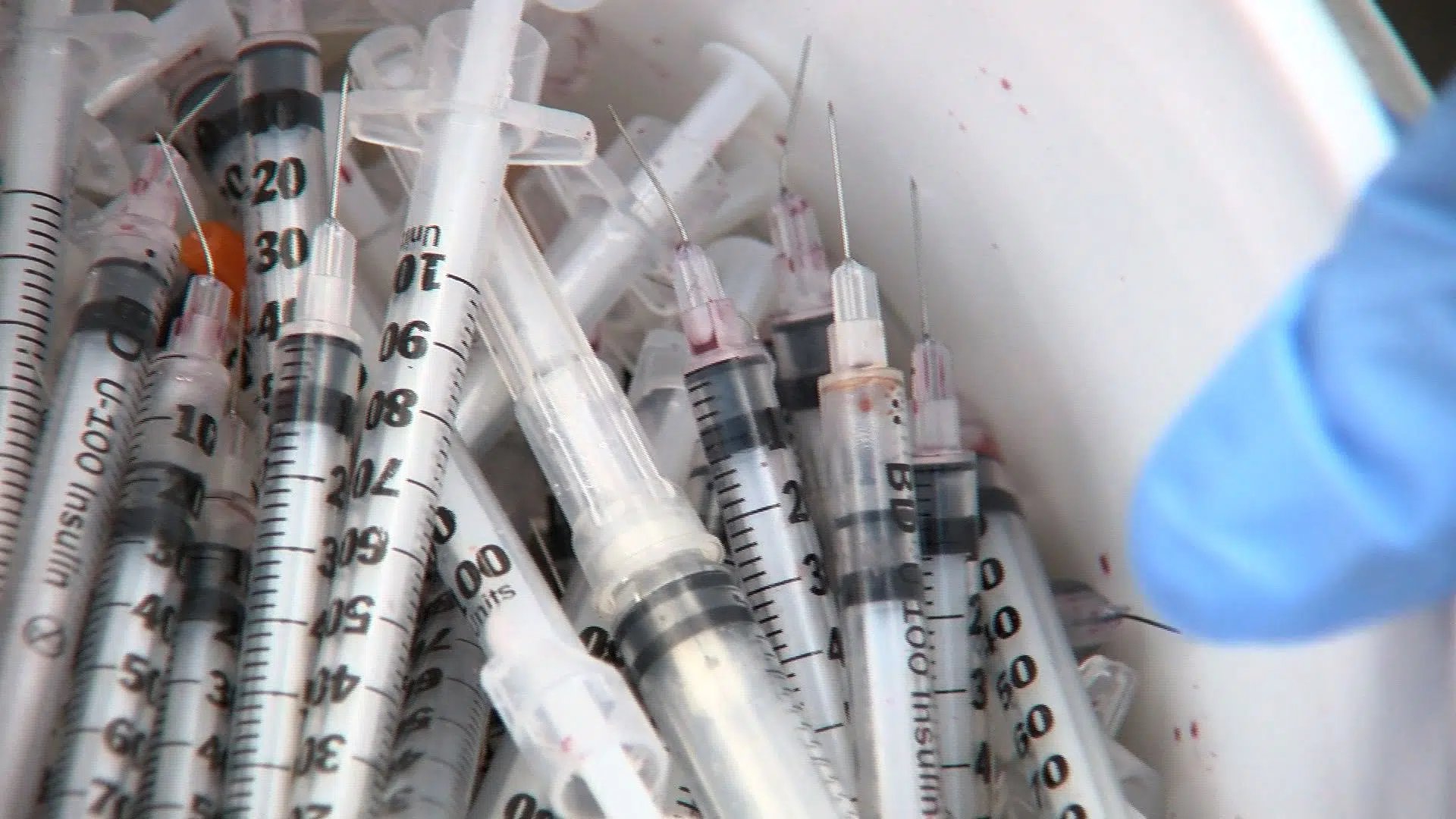
“We’re not doing enough”: Interior Health says more work ahead on needle clean-up
KAMLOOPS — Interior Health was on the hot seat at City Council on Tuesday, fielding difficult questions from mayor and council about needles, the problems and dangers they’ve caused to the public at large.
“My email, my phone lit up last summer around this time of year. It was amazing and it was [needles in] public parks, public beaches, it was certain areas of town by the consumption sites. I think it’s happening again this summer,” said councillor Arjun Singh, who was the deputy mayor last summer.
Chief Medical Health Officer Dr. Trevor Corneil outlined during a presentation to council that 257,000 needles are distributed in Kamloops region every year, partly through the mobile consumption site that is set up on either side of the city.


